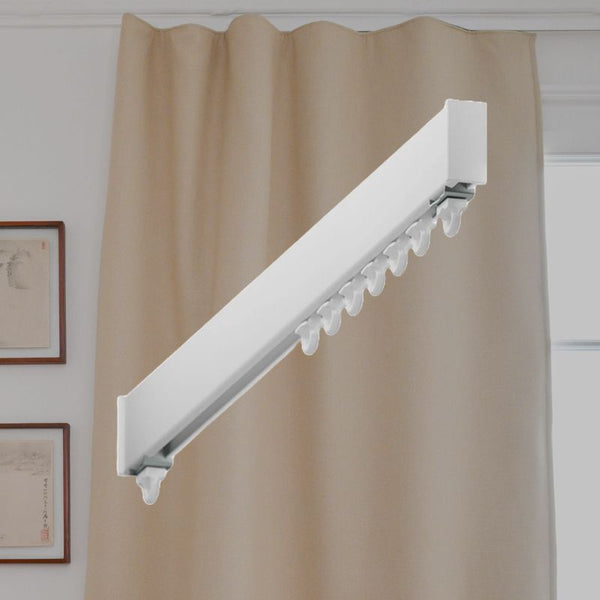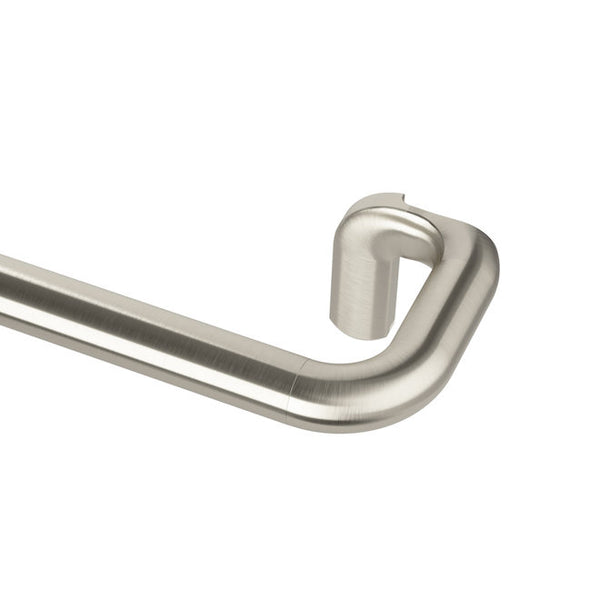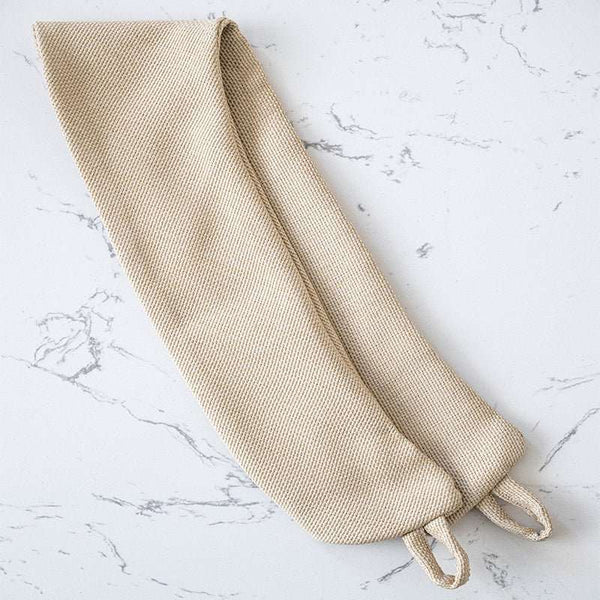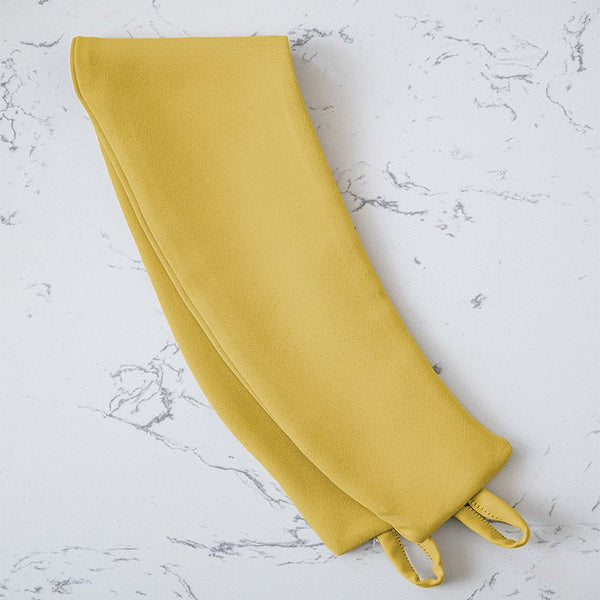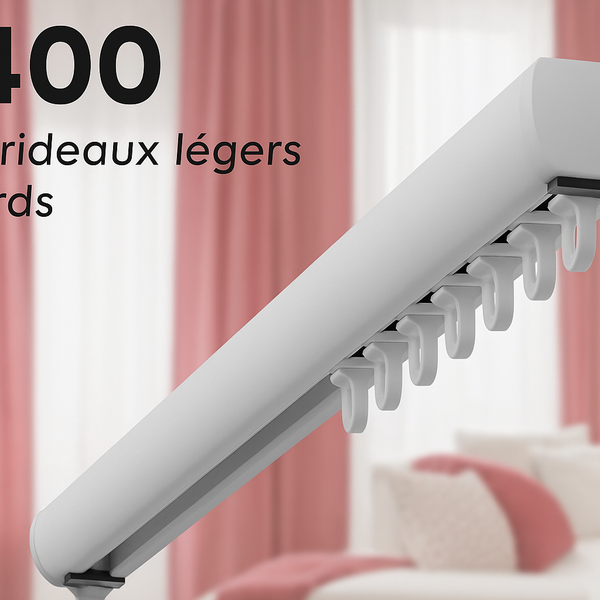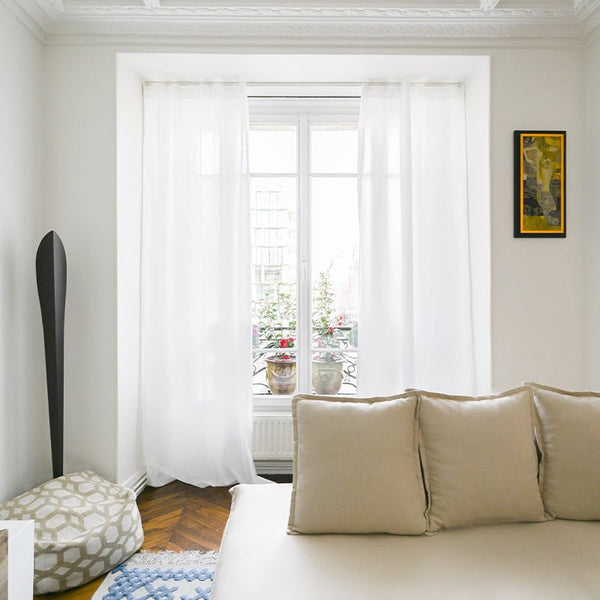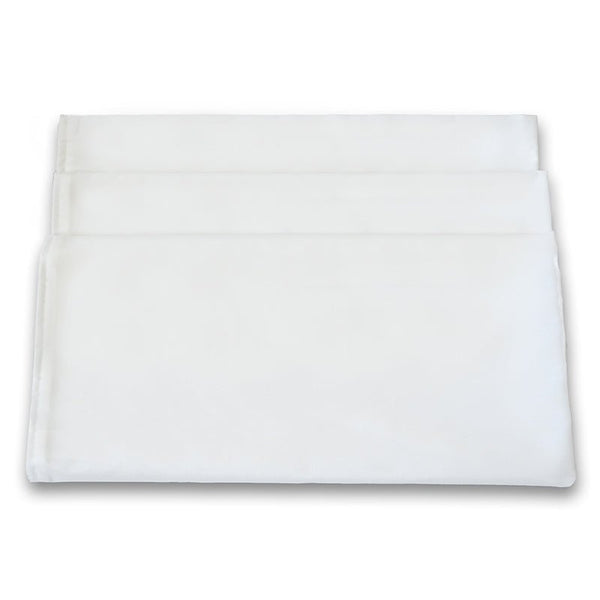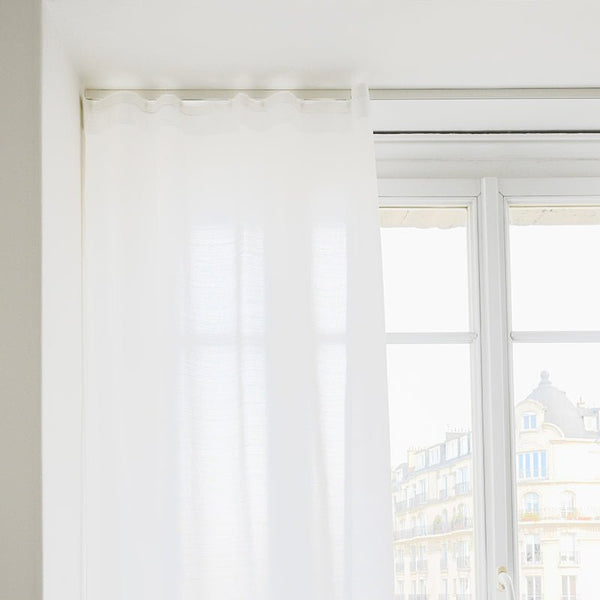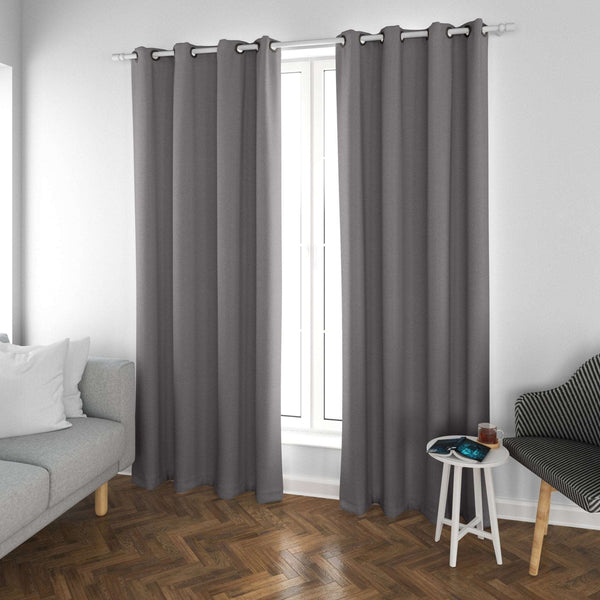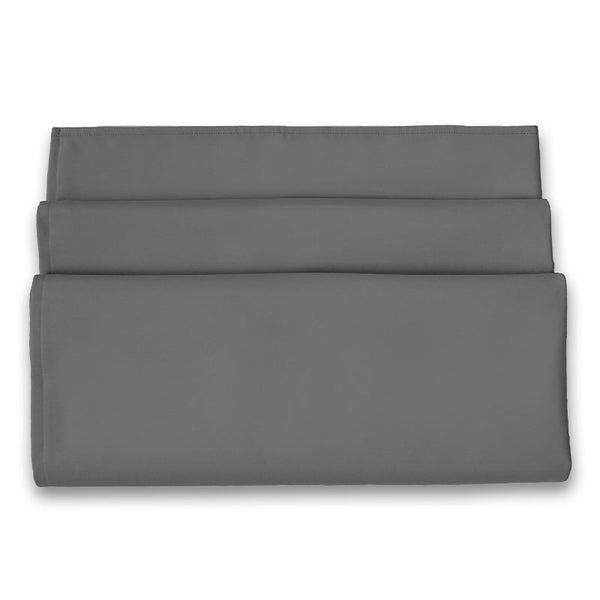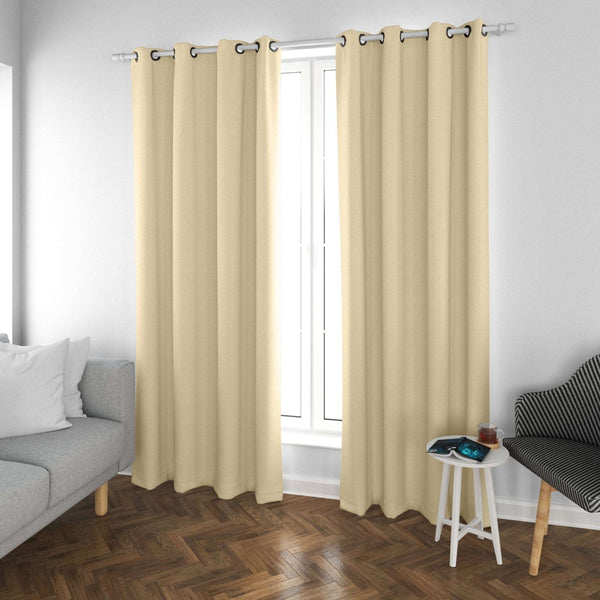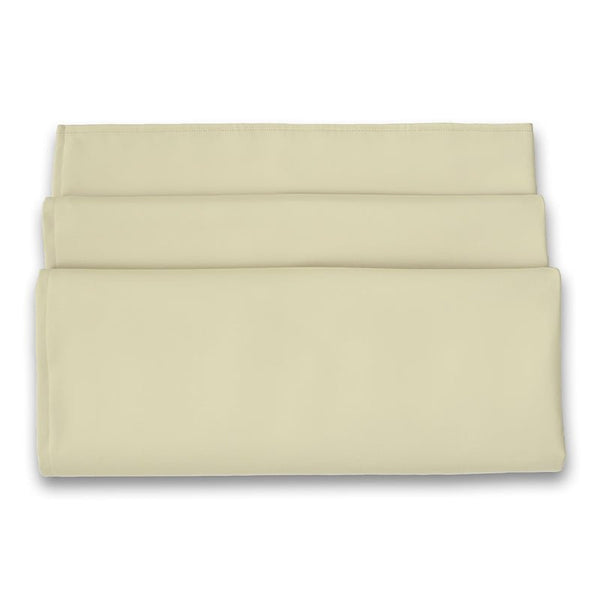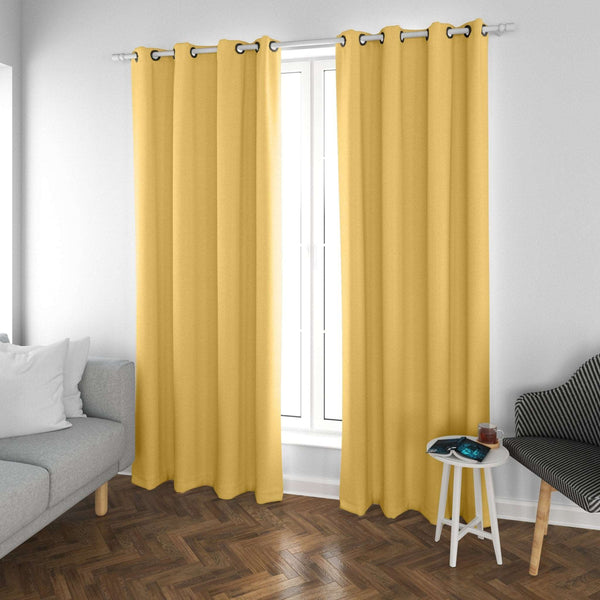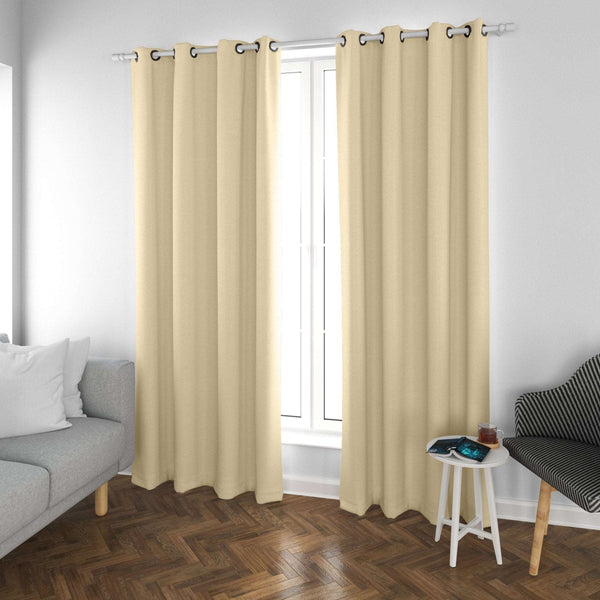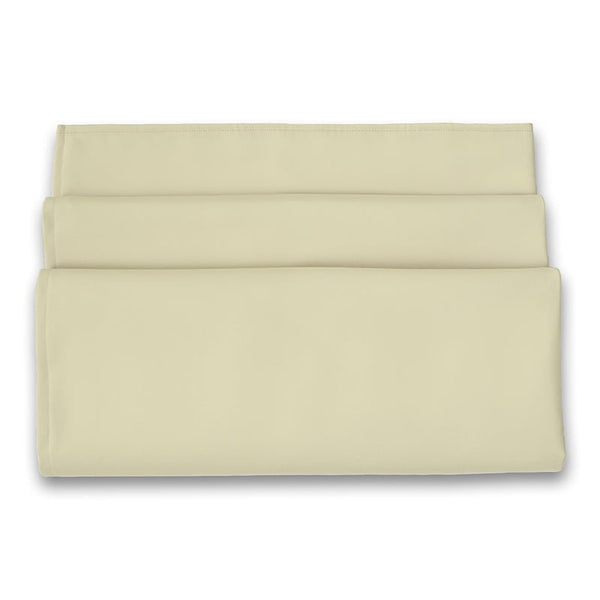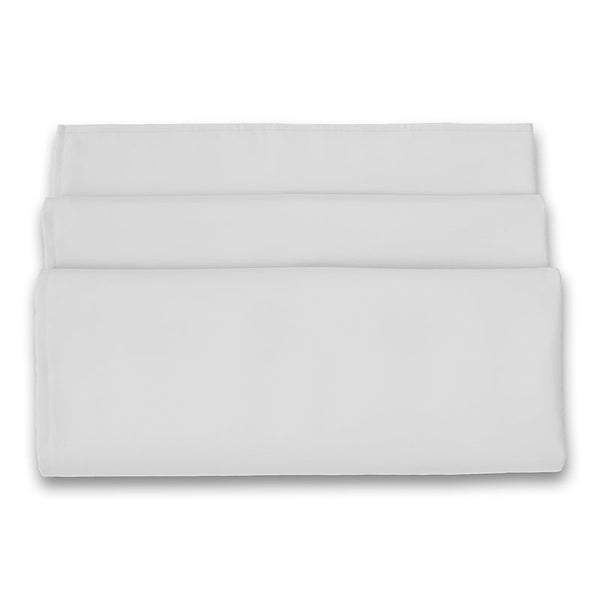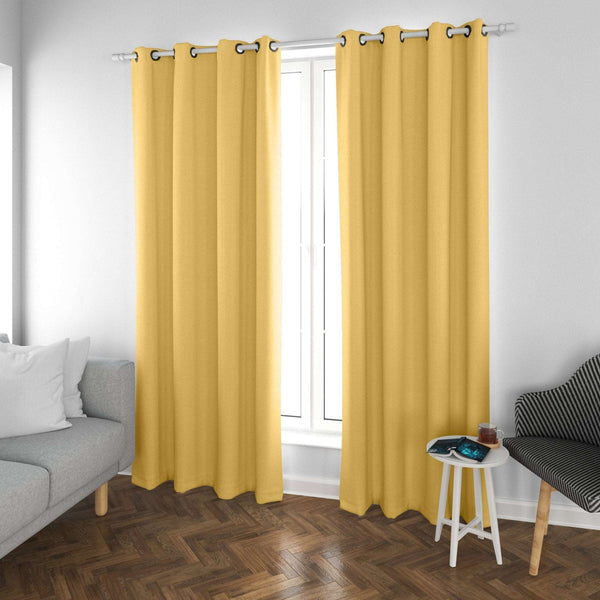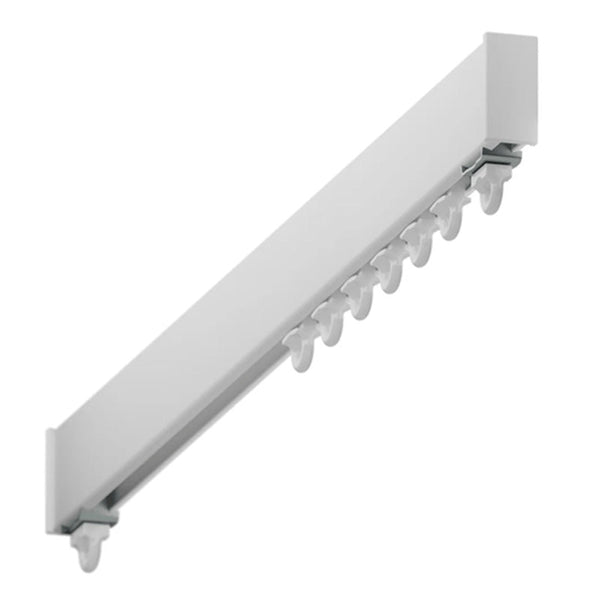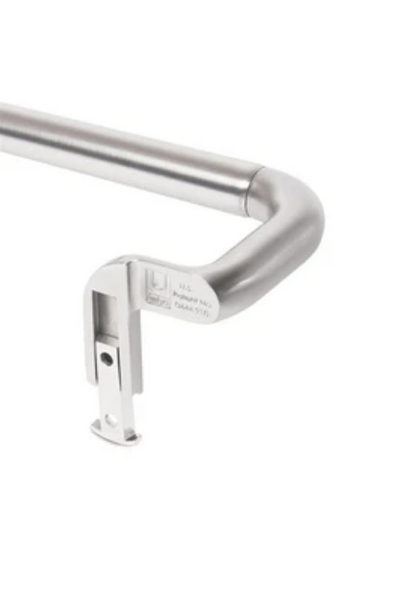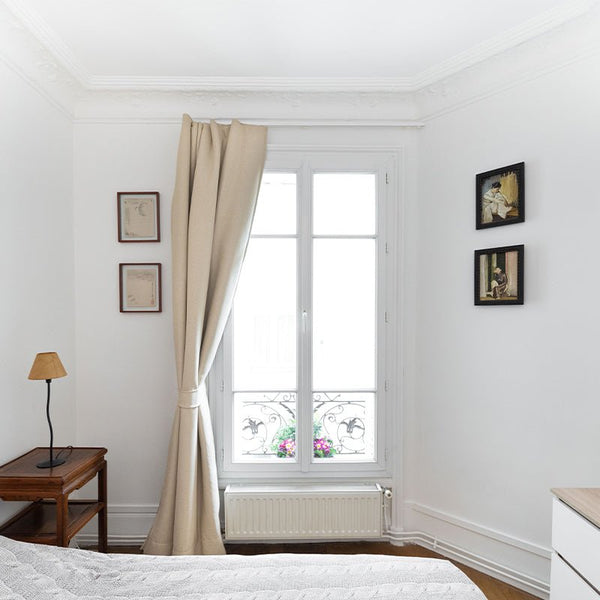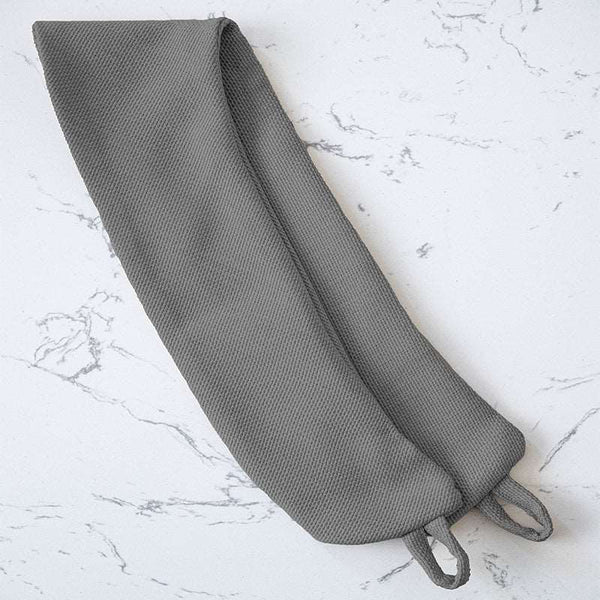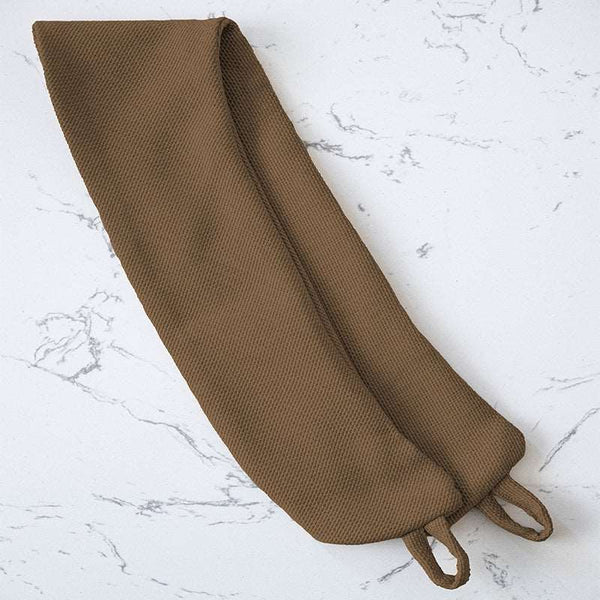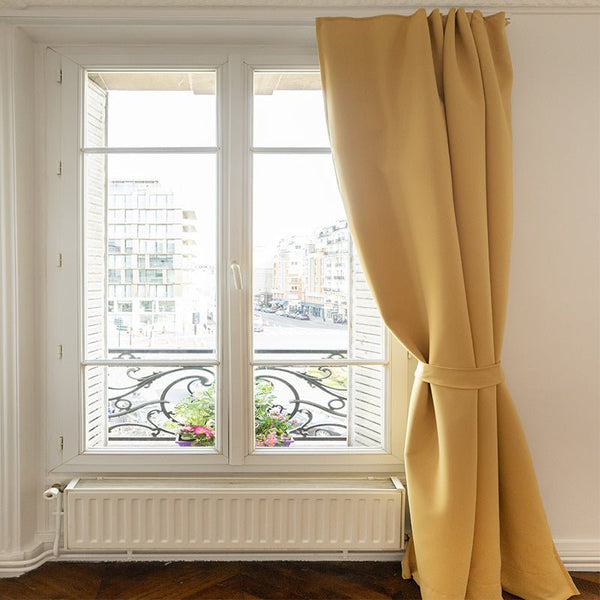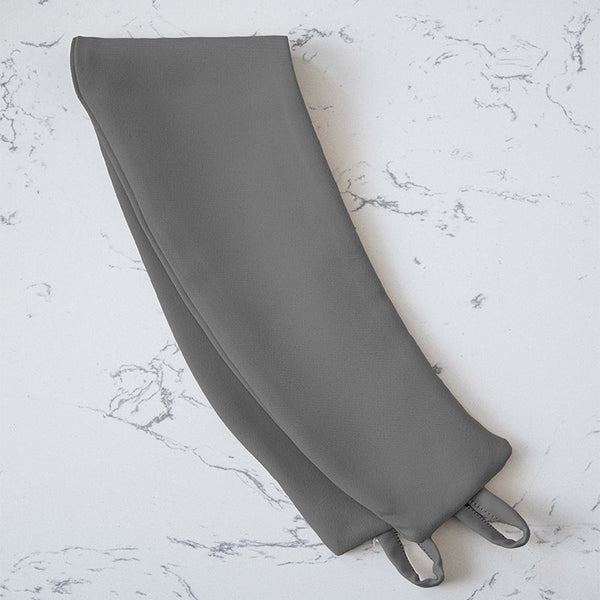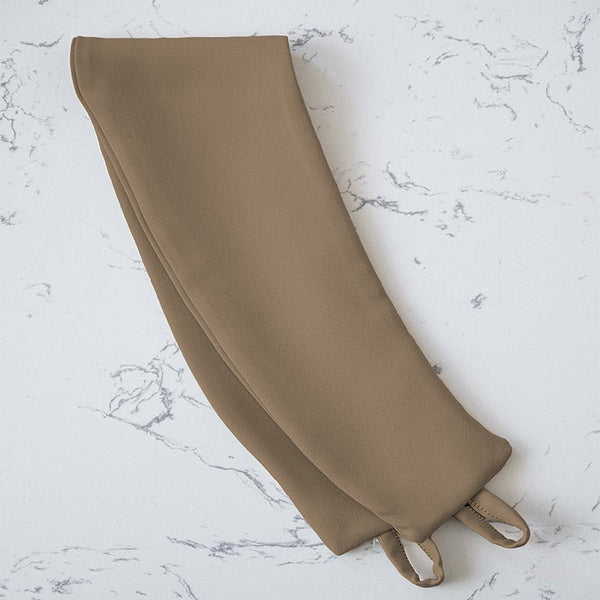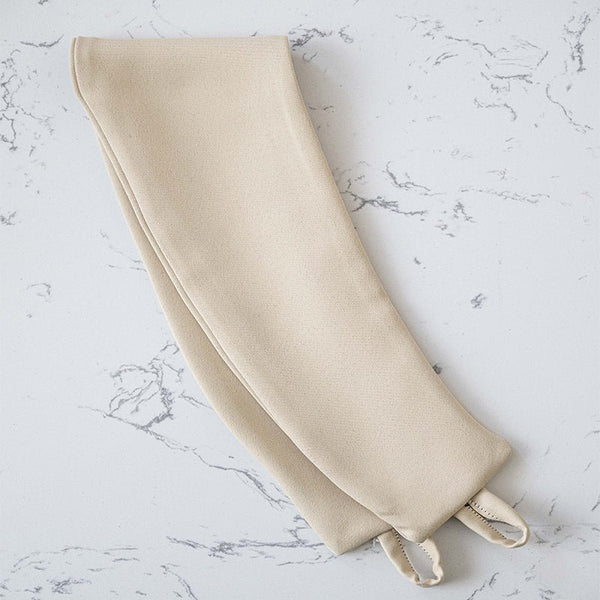Creating a welcoming, balanced interior depends on precise choices, and curtains play a central role in this quest for harmony. These decorative elements do more than simply beautify a room: they influence the light, temperature and even acoustics of your home. By choosing the right materials and style of curtains, you can transform your living spaces into places that are both aesthetically pleasing and functional.
Essential criteria for choosing the right curtains for every room
The importance of function: light, privacy and insulation
Every room has its own specific needs, and curtains are an effective way of meeting them. In a living room, the emphasis is often on natural light, as this room welcomes daylight. Bedrooms, on the other hand, require enhanced privacy, while promoting peaceful sleep with blackout or thermal curtains. What's more, thermal and acoustic insulation is becoming a key criterion in urban areas, where noise pollution is frequent.
Differences between living rooms and bedrooms: different needs
Living rooms and dining rooms prefer light, airy materials, such as linen or cotton, to let the light through while softening the atmosphere. Bedrooms, on the other hand, call for heavier materials like velvet, which block out light and insulate against the cold. The choice of each curtain must therefore correspond to the use of the room and the expectations of its occupants.
Choosing the right materials for the job
Velvet curtains provide timeless elegance and optimal insulation. Natural materials such as linen or cotton create a light, friendly atmosphere, ideal for living rooms. Technical materials, such as thermally insulating curtains, are particularly effective in conserving heat in winter and keeping cool in summer, while improving the overall energy efficiency of the home. Acoustic curtains are also ideal for reducing noise pollution in noisy environments, such as urban areas or homes close to roads. These technical choices combine comfort and practicality.
Technical materials, such as thermal or acoustic curtains, meet specific needs: reducing noise pollution and improving your home's energy performance. They represent a judicious solution for households looking to improve their interior well-being, without compromising the aesthetics of their spaces.
How to match your curtains to your interior decor?
Colors and patterns to suit your style
Curtain colors directly influence the mood of your interior. For a minimalist decor, opt for neutral shades such as beige or gray, which blend easily into any space. Conversely, geometric or floral patterns can add dynamism and create an interesting focal point in a room.
Playing with contrasts or uniformity
Creating visual continuity is essential for consistent decorating. If the walls are already loaded with colors or patterns, prefer plain curtains that don't overload the space. On the other hand, a subtle contrast between curtains and furniture can create a bold, modern look. Avoid mixing too many patterns, as this can unbalance the overall aesthetic.
Think of acoustics as a key element in your interior design
When matching curtains to your décor, remember that their role goes beyond aesthetics. Incorporating acoustic curtains can transform your room into a haven of peace. For example, an acoustic sheer curtain can absorb noise while letting light through, perfect for living spaces where calm and light need to coexist. Acoustics thus become an invisible but essential factor for a truly harmonious interior.
Common mistakes to avoid
Mixing different textures or patterns can detract from the harmony of a room. It's also advisable to choose curtains according to ceiling height: curtains that are too short or poorly proportioned can visually reduce space. Take the time to choose the right curtain rods to complement the style of your curtains and their installation.
The different types of curtain and their uses
Sheers, blackouts and double curtains: a curtain for every room
Sheer curtains are perfect for gently filtering light while preserving privacy in living rooms or dining rooms. Blackout or thermal curtains, on the other hand, are more suited to bedrooms, where total darkness and insulation are desired. For an elegant, practical style, double curtains combine sheer and blackout, allowing light to be modulated at any time of day.
Modern solutions: technical blinds and curtains
In response to changing needs, modern blinds and technical curtains have become popular alternatives. Acoustic curtains, for example, effectively absorb ambient noise, making telecommuting spaces more comfortable. As for blinds, they offer a sleek design while guaranteeing efficiency similar to that of conventional curtains. Innovation in acoustic and thermal materials helps to improve the quality of life at home.
Comparison of curtain materials according to their advantages
| Material | Key benefits | Potential drawbacks | Ideal for... |
|---|---|---|---|
| Velvet | Thermal and acoustic insulation, luxurious appearance, high opacity | Can be heavy, more complex to maintain | Elegant rooms and lounges |
| Cotton | Lightweight, breathable, versatile, easy to clean | Less insulation (thermal and sound) | Dining rooms, children's bedrooms |
| Linen | Natural look, light and airy atmosphere, environmentally friendly | Crumpled, can let too much light through depending on thickness | Living rooms, minimalist spaces |
| Technical fabric | High performance in sound and heat insulation, long service life | Sometimes less aesthetic appearance | Teleworking spaces, urban bedrooms |
| Veiling | Allows light to pass through while providing light protection from outside view | Lack of shading and thermal insulation | Living rooms, bright kitchens |
| Satin | Silky, glossy texture, enhances elegance, good opacity depending on weave | Can be costly, requires special cleaning | Main rooms, refined lounges |
| Recycled polyester | Durable, environmentally friendly, fade-resistant | Less breathable, may lack flexibility depending on design | Modern spaces, places requiring a sustainable solution |
How do you measure and install your curtains?
Steps to take precise measurements
To guarantee an aesthetically pleasing finish, it's crucial to measure the length and width of your windows precisely. Allow a 10-20 cm margin on each side for optimum coverage. Adding extra length can also create an elegant curved effect, while ensuring perfect blackout.
Tips for successful installation
Rods and rails play a key role in the final appearance of curtains. Fix them at a height slightly above the window to visually enlarge the room. Metal or wooden rods can also add a decorative touch, complementing the curtains themselves. Finally, don't hesitate to use rings or clips to make it easier to open and close the curtains.
Why choose Nokomis curtains for the perfect interior?
Since 2013, Nokomis has established itself as an essential reference in the field of acoustic and thermal curtains. With French manufacturing and a commitment to the environment, this company combines innovation and durability to meet the most demanding expectations.
Our flagship products :
- Performance PLUS noise reduction curtain: This model reduces noise by up to 30 dB, provides thermal insulation from 6 to 8°C and guarantees total blackout.
- Performance Anti-Noise Curtain: This elegant satin curtain reduces noise by 19.7 dB and improves thermal insulation by 5 to 7°C.
- Rideau Anti Noise "Confort": With a sound reduction of 12 dB, this model remains affordable while offering effective thermal insulation.
- Acoustic sheer: This unique sheer lets light through while absorbing noise.
Transform your home with the right curtains
Choosing the right curtains is much more than just a question of decoration. It's a way of improving comfort, adjusting light and reducing noise pollution. By combining technical solutions and modern styles, Nokomis meets the expectations of the most demanding customers. Combine elegance and efficiency with curtains designed to transform every space into a haven of serenity.
